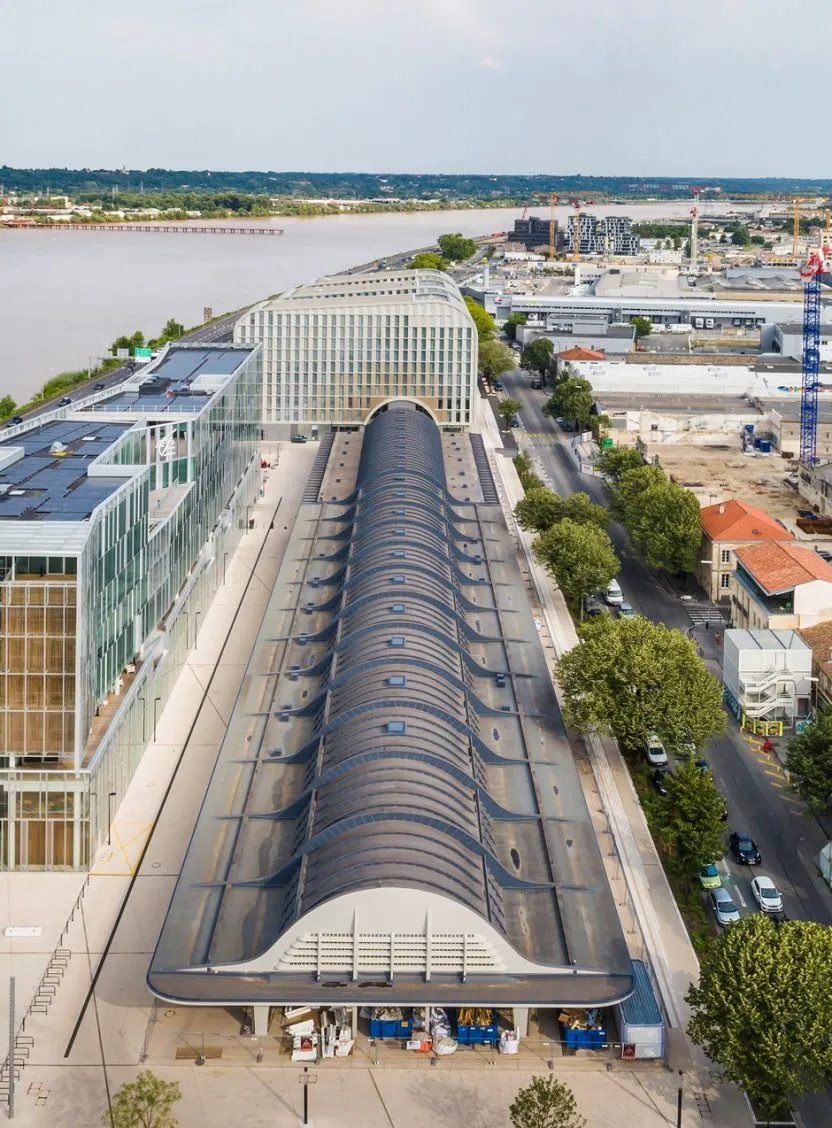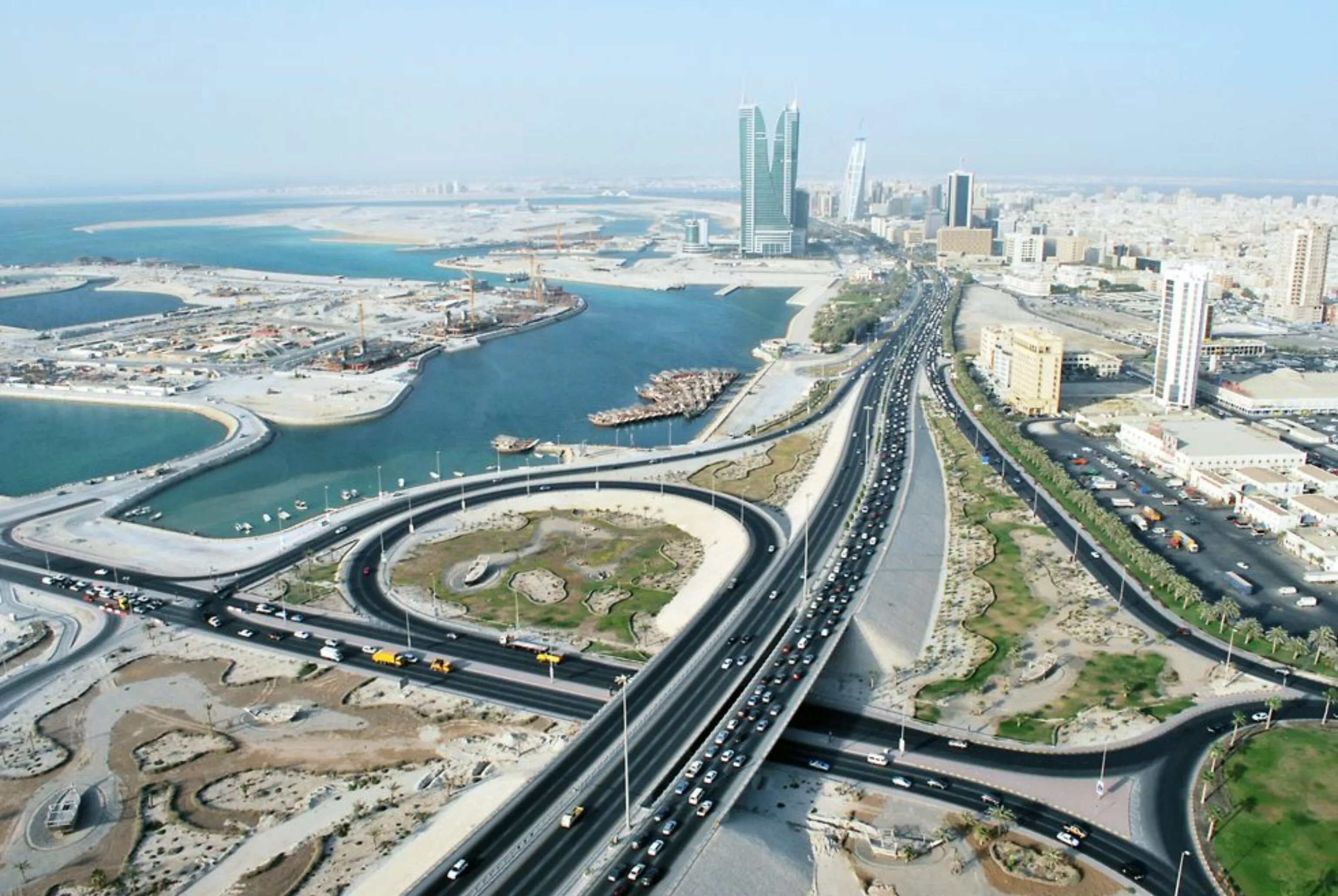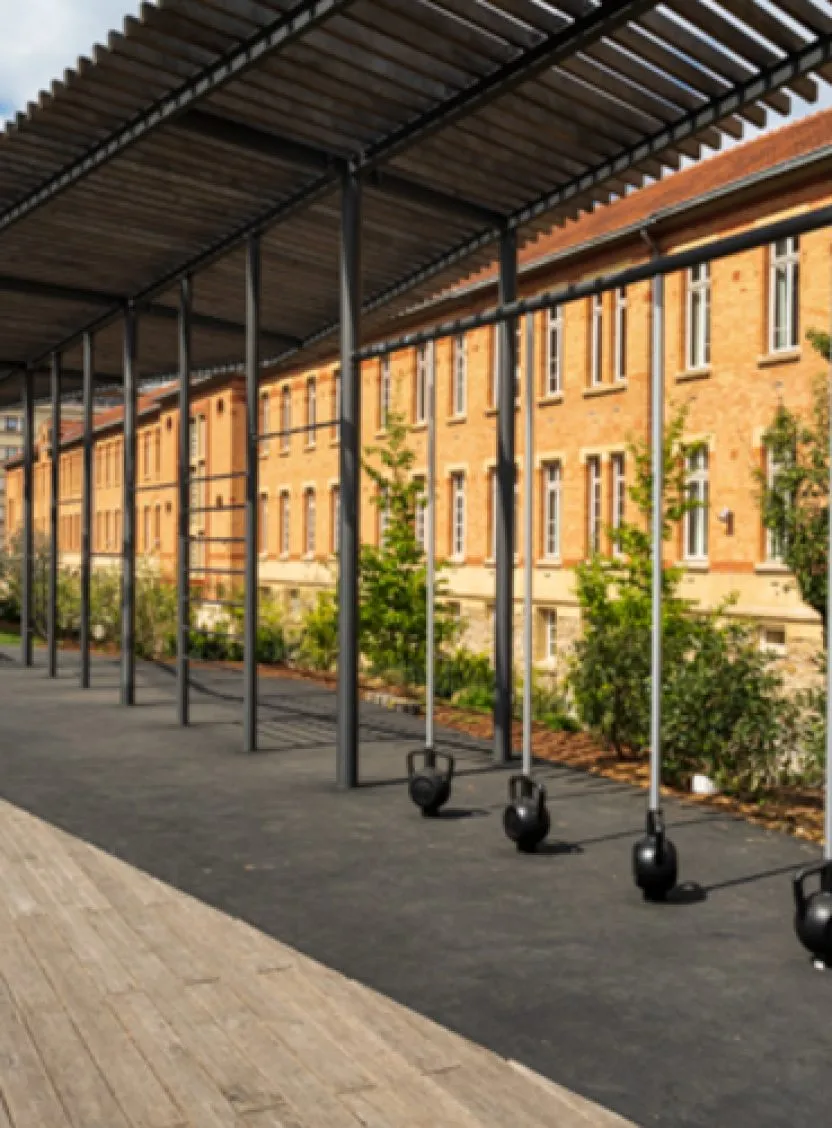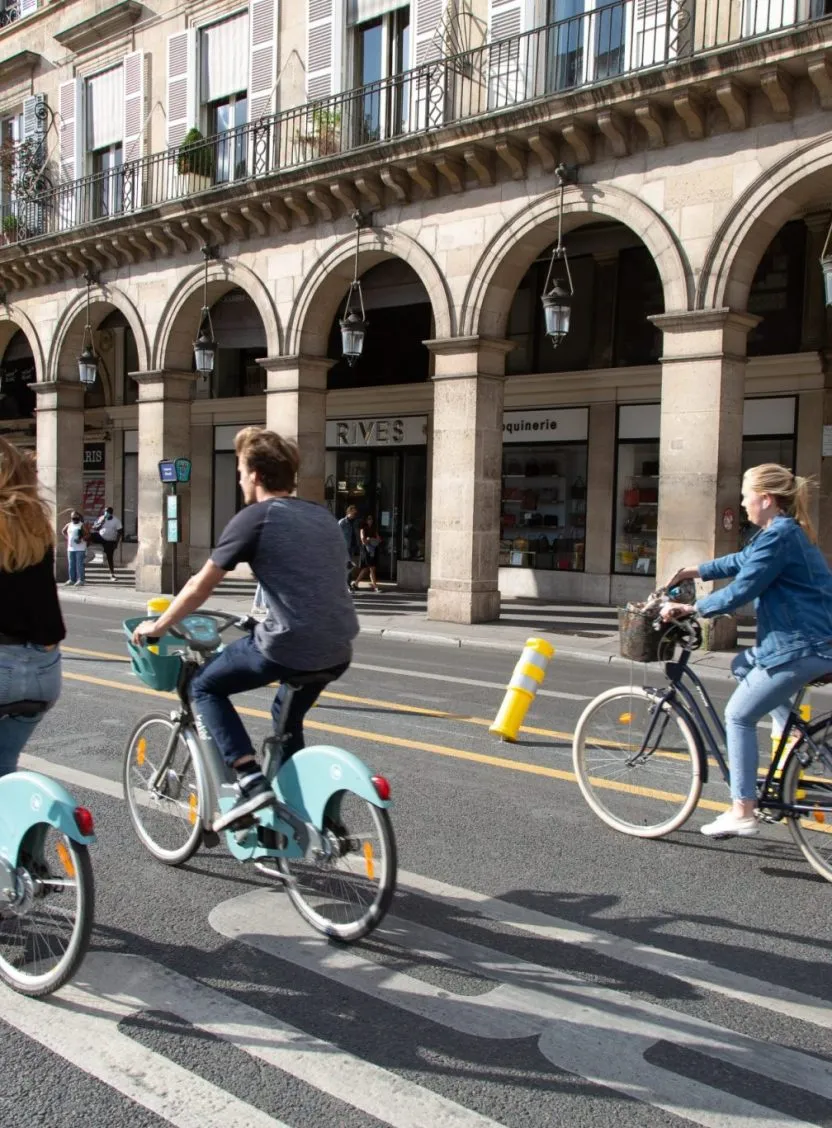
The Kingdom of Bahrain, an island state of around 700 km2 consisting mainly of desert, has enjoyed economic prosperity since the 1930s due to its natural abundance of oil and gas.
Bahrain is the third most densely populated sovereign state after Monaco and Singapore, with a density of more than 1,700 inhabitants/km2. Nearly the entire population is concentrated in the north of the country, which has been developed to such an extent that it is a single conurbation.
Oil resources are declining and the prospect of them drying up means the country must restructure its economy.
Arable land is disappearing, representing only 3% of the country, despite Bahrain traditionally being known for its date farming. Desertification is a major environmental issue in Bahrain given the erosion of farming areas with the urbanization of coastal areas.
A policy of creating embankments and artificial islands to house new speculative real-estate projects, without any overall plan, poses a threat to Bahrain’s marine life and island identity.


